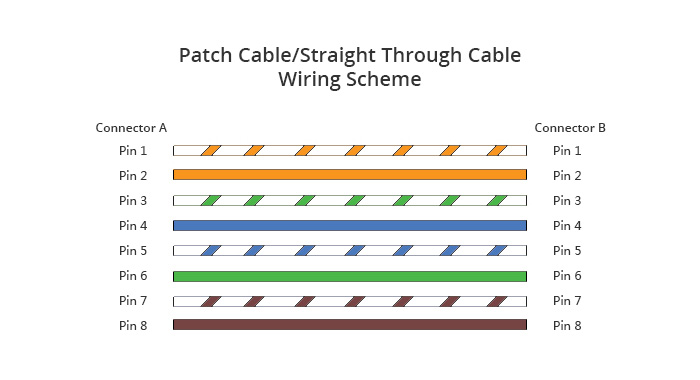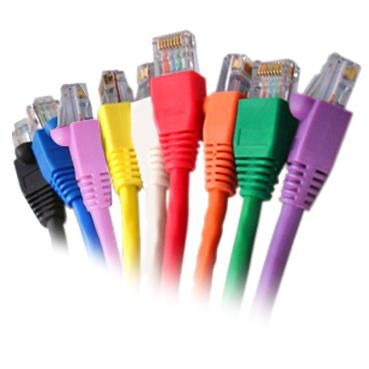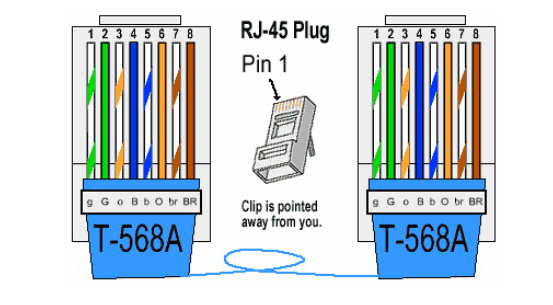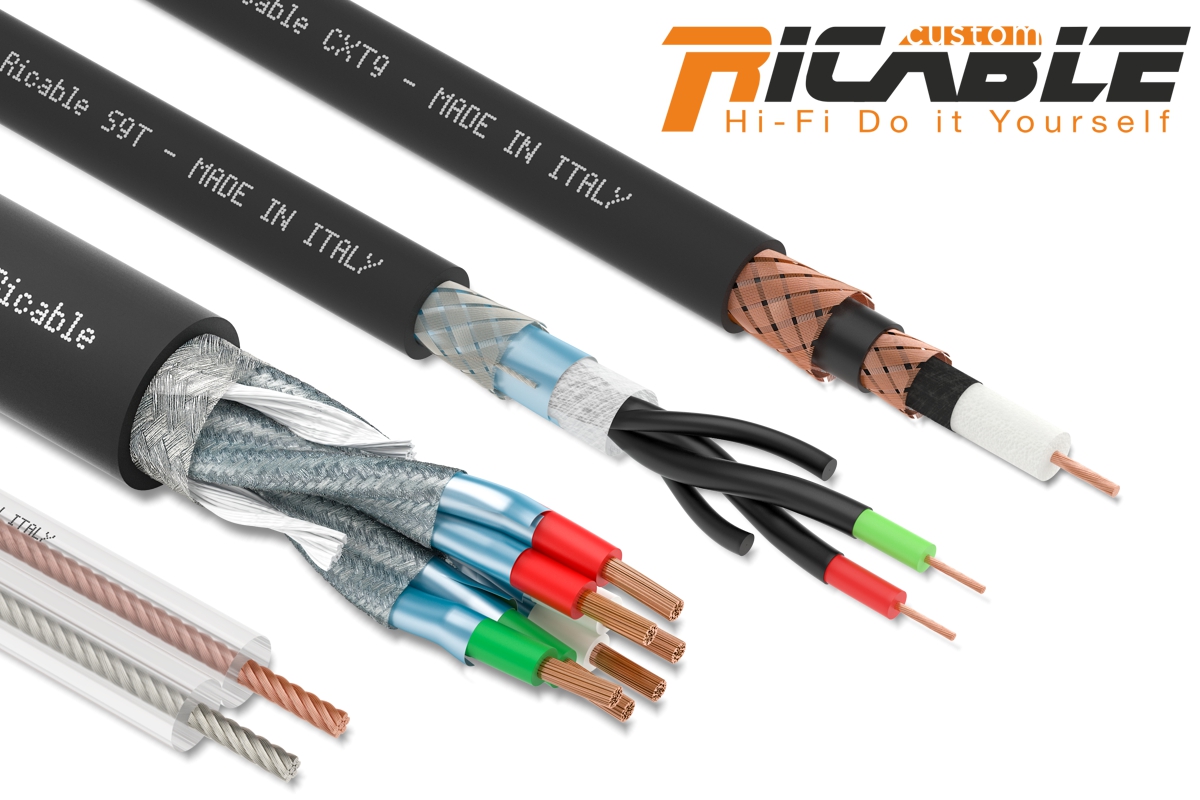These cables were created to support temporary host to host networking in situations where an intermediate device such as a network router is not present crossover cables look almost identical to ordinary straight through or patch ethernet cables but the internal wiring.
A crossover ethernet cable has got both its ends identical to each other.
The crossover cable follows both eia 568a and eia 568b.
The wire that is crimped to pin 2 at one end is attached to pin 6 at the other end and the pins 3 and 6 wires go to pins 1 and 2 respectively in the other connector.
A crossover has one end with the orange set of wires switched with the green set.
Each end of an ethernet cable has a connector called an rj45 connector.
The other is connected to the internet via cat6 cable to the router.
A crossover cable has different ends.
A crossover is used to connect two ethernet devices without a hub or for connecting two hubs.
Note the second system has two separate ethernet cards.
On system 2 i have set ipv4 to 192 168 0 2 and everything else as above.
An ethernet crossover cable also known as a crossed cable connects two ethernet network devices to each other.
A straight thru cable has identical ends.
A straight thru is used as a patch cord in ethernet connections.
A straight thru is used as a patch cord in ethernet connections.
The isp is spectrum.
A crossover cable has different ends.
So those conflicting standards did end up being useful.
Not only do the two systems not see each other if i try to.
A registered jack 45 rj45 connector is a standard type of physical connector for network cables.
It is a at one end and b at the other.
A straight thru cable has identical ends.
The default gateway and dns server stay set at 192 167 0 1.
Test the ethernet cable.




























